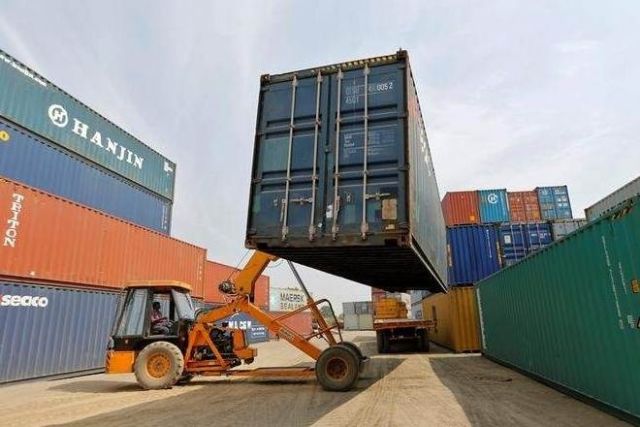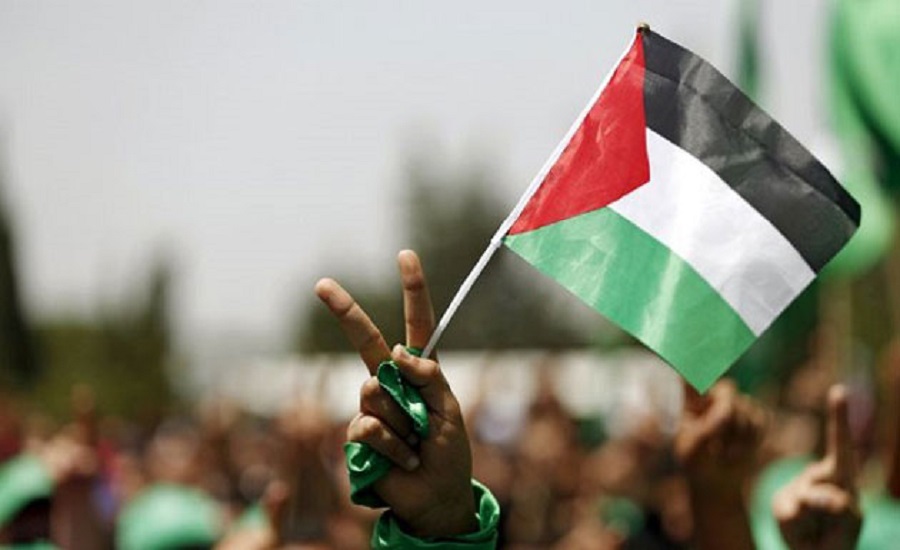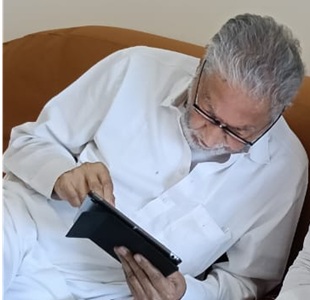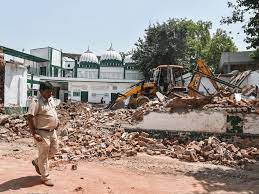 By Amit Kapoor & Chirag Yadav,
By Amit Kapoor & Chirag Yadav,
In a massive relief to Indian exporters, the government announced liberal incentives of Rs 8,450 crore ($1.3 billion) in its mid-term review of the five-year foreign trade policy (FTP) that was rolled out in 2015 and aimed at increasing the export of goods and services to $900 billion by 2020. Exports, meanwhile, declined from $468 billion to $437 billion between 2014-15 and 2016-17.
In fact, India’s external trade performance has grown to be so acute that the current account deficit in the first quarter of the current fiscal year reached a four-year high of 2.6 percent.
What is more worrisome is that this trend is continuing despite favourable trade conditions in the global markets. Only domestic factors can explain the widening trade deficit. Clearly, the uncertainty surrounding the implementation of the Goods and Services tax (GST) has had a major role to play. Data due this month will show whether the situation has improved in the second quarter.
However, the chances of any significant improvement remain bleak as issues in processing of refunds to exporters under GST has been affecting trading activities. Therefore, the sops given in the mid-term review should help in pumping up exports to an extent.
Basically, labour-intensive sectors under the Merchandise Exports from India Scheme and Services Export from India Scheme, which were introduced in the FTP, were given an incentive raise of two percent each. Under the scheme, exporters are granted credit scrips based on the said percentage of the total value of their exports. These scrips can be used for payment of duties on procurement of further inputs. Additional incentives of two percent are expected to boost the subdued export activity of the last few quarters.
However, even though such an incentive was crucial in the short run given the circumstances, it always remains pertinent to ask if we are doing enough. After all, no country in history has sustained a growth rate of seven per cent without an export growth of 15 per cent or more and, according to World Bank data, Indian export growth of goods and services has not even crossed 10 per cent since 2011. Therefore, there seem to be larger structural issues at work that are impeding the growth of India’s external sector.
In order to further reinforce this fact, we can look into the long-term trends of India’s leading export sectors — gems and jewellery, leather and textile. It is quite disconcerting to realise that India’s comparative advantage in all of these sectors is nowhere close to that at the turn of the century. Moreover, all of these sectors are highly labour-intensive and losing comparative advantage in them is quite inimical to the economy’s employment-generating capacity.
A common argument made to improve India’s trade competitiveness is that the rupee is strong and needs to be depreciated to make exports competitive in the world markets. However, this argument falls flat in the face of recent trends in both the exchange rate and the real effective exchange rate over the last few months. Both of these indices have remained stable in the last fiscal and, in fact, fell slightly in August while exports continued to show a downward trend. There was not much strength in the argument anyway, since export competitiveness is not defined by currency but by productivity of the workforce.
Indian policymakers need to recognise that the trade challenge for India is structural in nature and cannot be done away with quick-fix solutions. Cost incentives are an acceptable approach to deal with immediate challenges like the impact of GST, but they need to be supplemented with more long-term solutions. An effective measure could be to identify sectors where India has a comparative advantage and work towards making it competitive.
This implies helping them with action research for market development and providing R&D support. Such an approach will allow producers to innovate and beget productivity gains. Second, India’s poor logistical network is also a factor of concern. Since India is over-dependent on its road networks, the logistics cost as a percentage of GDP amount to almost 13-14 per cent as compared to 7-8 per cent in developed countries.
Third, India’s trade agreements with other nations are largely deficient in nature. The country’s top exports face tariff and non-tariff barriers in developing economies and various kinds of non-tariff barriers in developed ones. Moreover, most of its free trade and preferential trade agreements are ill-conceived in nature.
The India-Japan CEPA is a case in point. India has failed to make any gains out of it simply because it is too cumbersome. For instance, Japan allows duty-free import of Indian apparels only if the sourcing of raw materials is done from either of the two countries with an exception of seven per cent content by weight that can be sourced from a third country. The South Asian Free Trade Agreement, which was signed for geo-political reasons rather than commercial ones, is another example.
Multiple issues ail the export sector of the Indian economy, a lot of which go beyond the scope of the FTP. The government should now delve into these structural aspects of trade policy before India loses any more of its comparative advantage to world markets. Now that China is slowly losing its status as the world’s manufacturing hub, the time has never been so ripe.
(Amit Kapoor is chair, Institute for Competitiveness, India. The views expressed are personal. He can be contacted at amit.kapoor@competitiveness.in and tweets @kautiliya. Chirag Yadav is senior researcher, Institute for Competitiveness)
—IANS





0 Comments